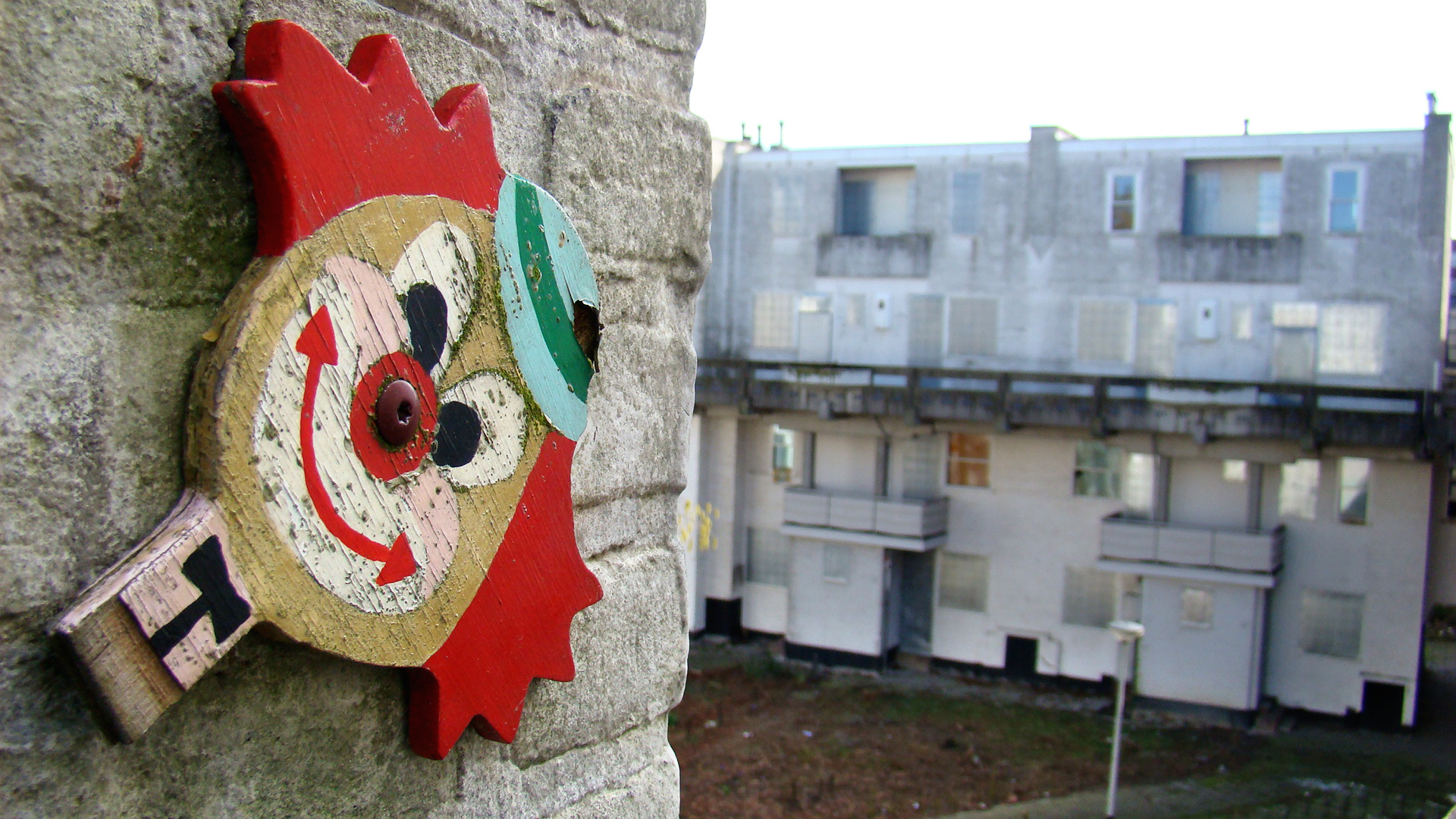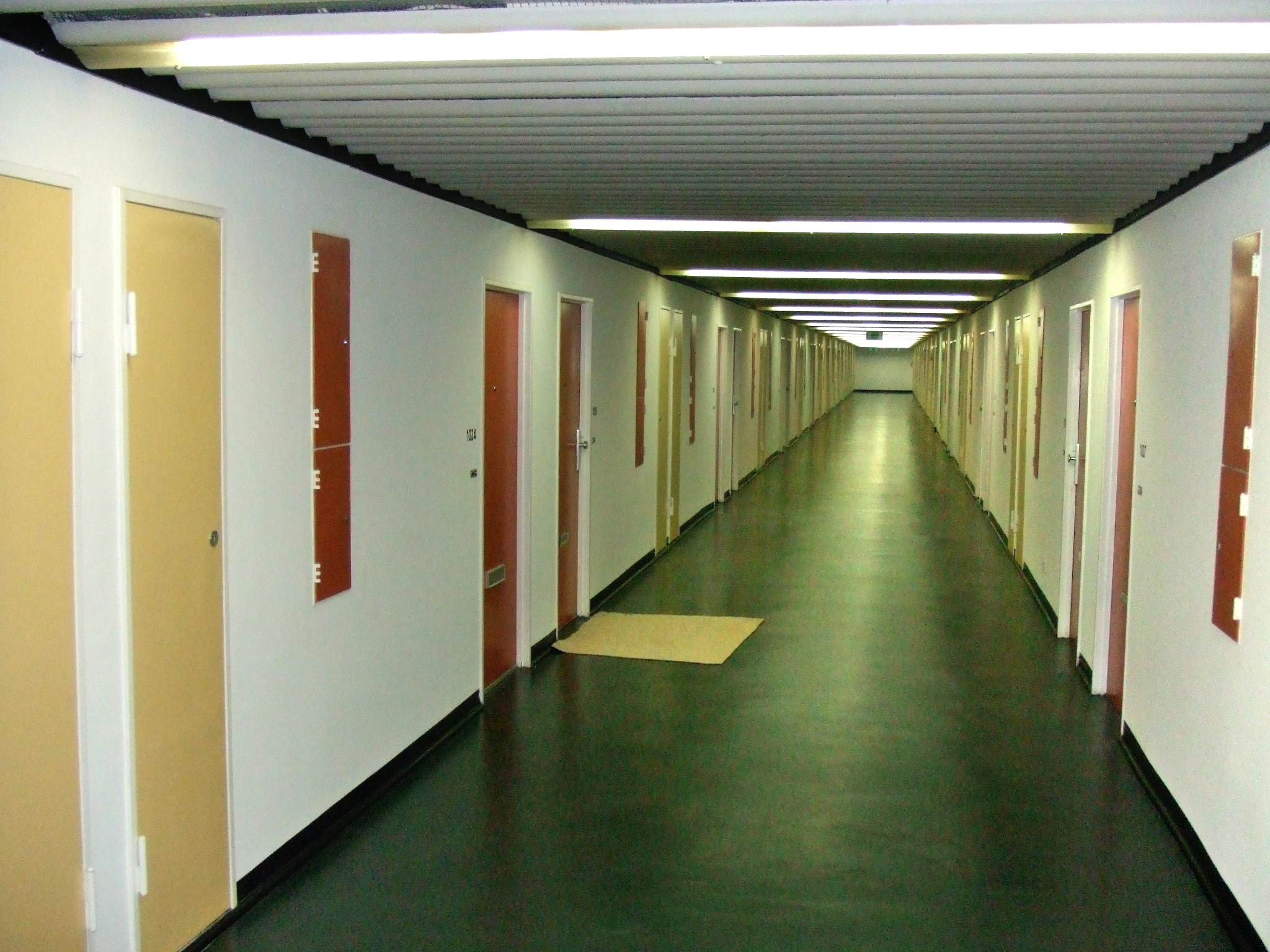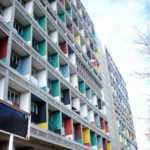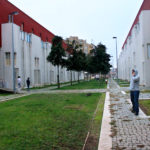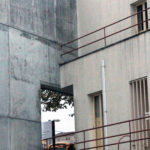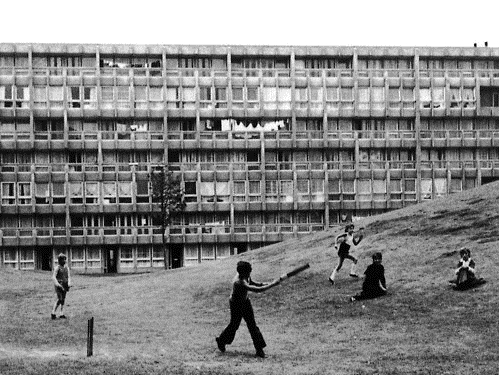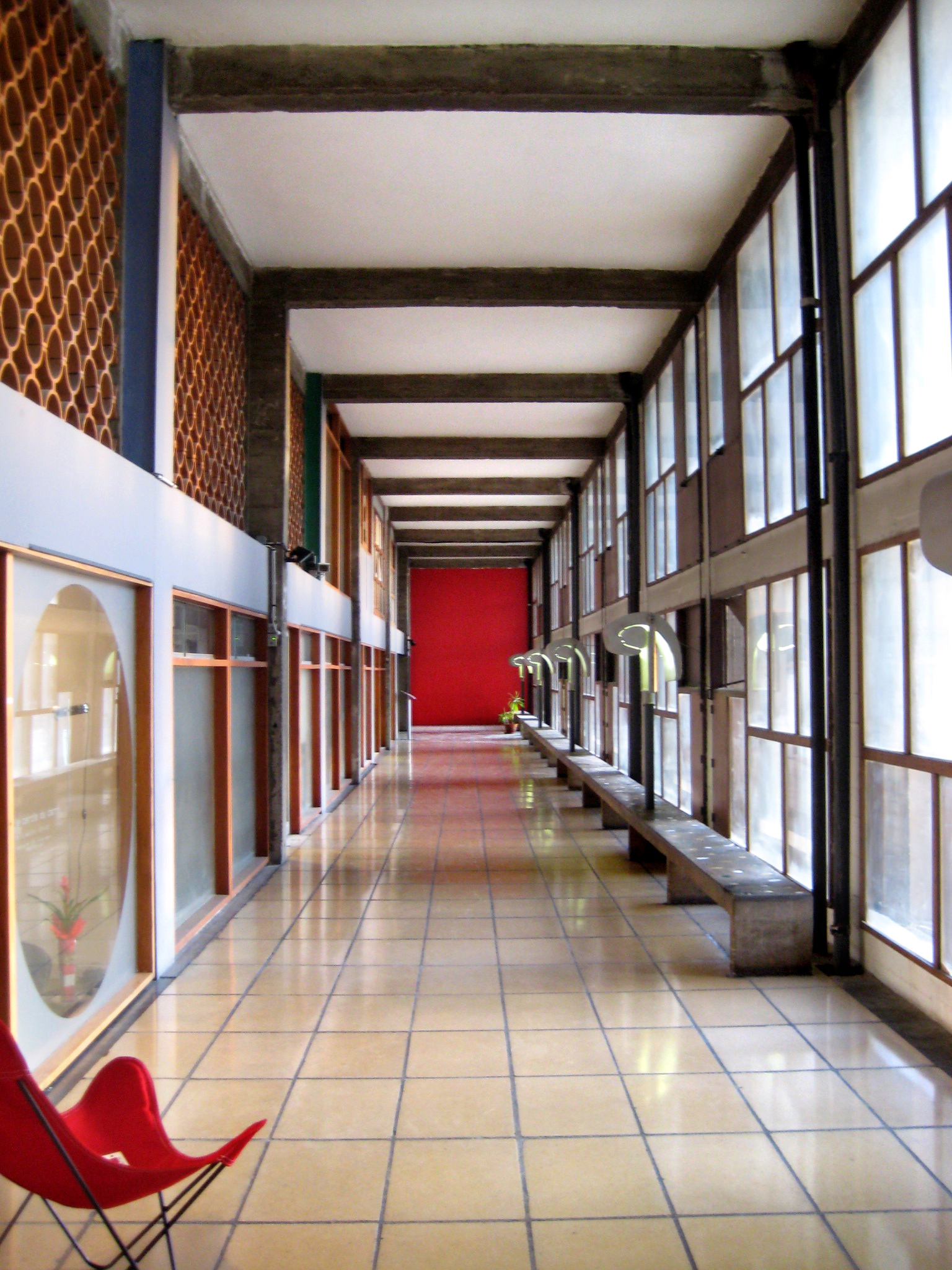The experiment of Community
<<The three of them went upstairs to the “Saddam’s block”, as everyone calls that building in popular argot. Some visionary and cheap Gropius, a middling urbanist, thought that the blocks in the suburbs were structured so ingeniously that, sooner or later, the upper classes would go crazy for living somewhere like this. And, as result of this revolutionary idea, the block where Simpel is living with his family is located in one of the better districts; it’s the worst kind of building, and the aforementioned urbanist, in his blind faith, had to fight for his vision-of-a-block-of-family-housing-for-the-upper-class as if he was fighting for his own life, in order for the building to be constructed in this district. (…)
No one likes the block; and the people who live in the district don’t like the people in the block; just as the people in the block don’t like the people in the district; and, at the same time, the people in the districtdon’t like the block, and the people in the block don’t like the block itself, and they don’t even like themselves. >>
Cocka-Hola Company,Matias Faldbakken
I have been lucky enough to visit several examples of blocks of flats designed by some of the most important architects. I have visited, photographed, observed and walked around them, some of them from the outside and others also inside. I remember with huge interest and admiration El Ruedo by Sáenz de Oíza in Madrid, the Unités d’Habitation by Le Corbusier for Marsella and Berlin, the Spangen State by Oud in Rotterdam or the social dwellings by Siza in Oporto.
Do these blocks really work?
It wouldn’t be fair to say anything without having inhabited them, livedin them. In books and on the internet they are praised as masterpieces,full of prizes and innovative ideas but, is this enough? Because theory and practice don’t always go hand in hand. It’s reasonable that there should be innovation, a proposal of new solutions to a problem which doesn´t seem to have – or need – new ways out.
But this point of play usually ends up channeling towards buildings which claim to establish the dogma of housing and forget precisely that: that they are made to be lived in. If the housing issue is already widely studied and analysed, wouldn’t it be better to propose specific improvements as our small contribution, rather than trying to create something completely new and revolutionary from zero?
As impressions I have in my memories…
I visited El Ruedo before even being interested in architecture. Later, I discovered the hand of Sáenz de Oíza and the ideas of Le Corbusier. I remember forms, colours, new spaces for me and my short experience. And, always, people on the streets.
The Unité d’Habitation in Marsella is thrilling, astonishing, makes you think against what are you facing: a machine, a boat, a city…? It’s much more than a building, it’s an entity of a new magnitude, it’s something new and different, and you can perceive all this at first sight. But, unfortunately, the neighbours don’t take advantage of all its virtues and spaces, all its potential. In comparison, of course, the Unité in Berlin is a little sister, trying to reach a certain level without enough expertise and means.
Spangen State was a magical place, full of light, singular. This atmosphere was maybe created thanks to the help of its complete emptiness and unoccupied situation.
I firstly knew the housing in Bouça from the metro of Oporto. They were closed to me by a hard concrete wall, almost blind and full of graffiti, so you seem not to be invited to get in. Months went by, when I discovered that this was the project of Siza that I had studied before. And then I saw the other face, friendlier, more alive. The dwellings seems tiny, but all day long you can find people, noise, life… maybe helped by the fact that they are the nexus between the metro and the district.
- Bouça ©Enrica Spanu
- Bouça ©Enrica Spanu
- Bouça ©Enrica Spanu
- Bouça ©Enrica Spanu
Another paradigmatic project are the Robin Hood Gardens by the Smithson Brothers, in London, or the UVA of Hortaleza,in Madrid,by a team of architects where Fernando Higueras took part. Nevertheless, we have to bare in mind that demolition is not just a possibility, but a fact.
There have been lots of compliments for both of them (it is said that Le Corbusier and Kahn praised the project in Madrid) as well as hard criticism: 75% of the people in the Smithson dwellings are all for demolish them, but also 80% are all for its renovation. One of the authors recognizes that the building has failed and the ideas they tried to reflect on it – as converting it in an elevated street – haven’t reached the desired effect. Maybe it was something so innovative and risky, or just needless.
The general opinion?
It’s that converting the social housing into a manifesto is something hazardous, even selfish.
They are all projects and examples to study, analize, be known and understood, to learn and discover the ideas and context which originated them.
Dwellings, one the newest worries in the long life of Architecture, need ideas and evolution. But it must never – never – be forgotten its purpose: people.
The only thing we can take for granted, maybe not in other topics but in this one for sure, is that you should live in it to tell about it.
Writing by: Pablo Abad Fernández / Photography: Pablo Abad Fernández & Enrica Spanu / written for the AAAA magazine / Citation: Pablo Abad Fernández, “El Experimento de la Colectividad” / Fecha 21 feb 2014

